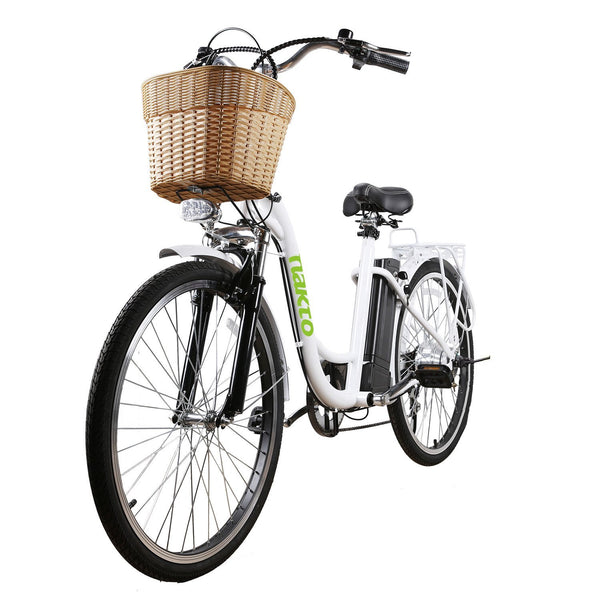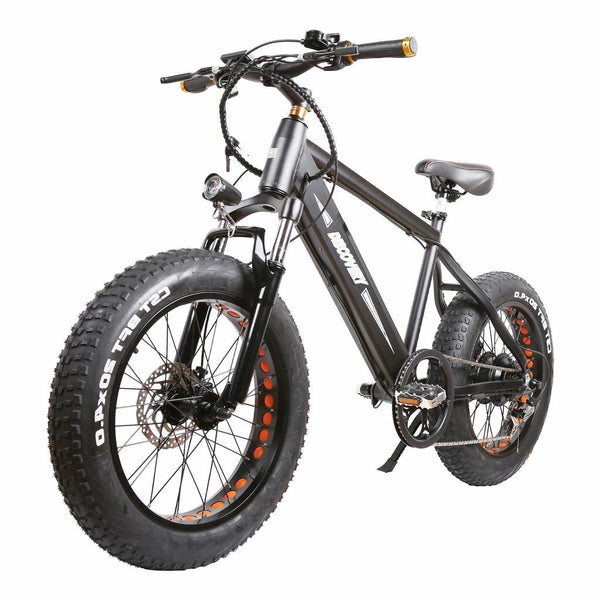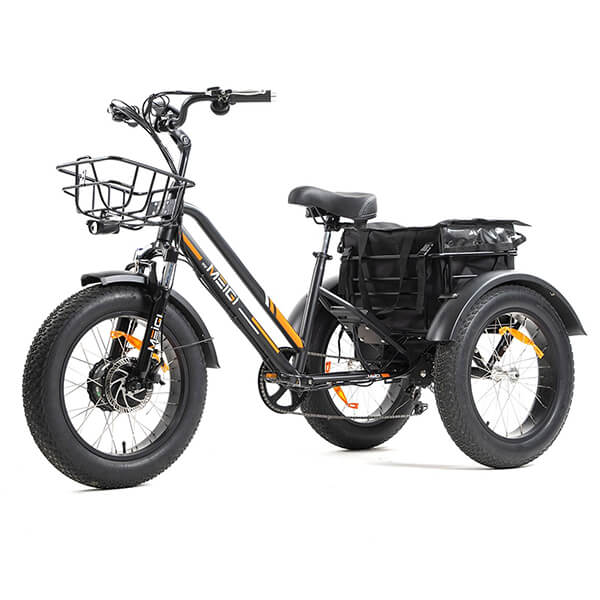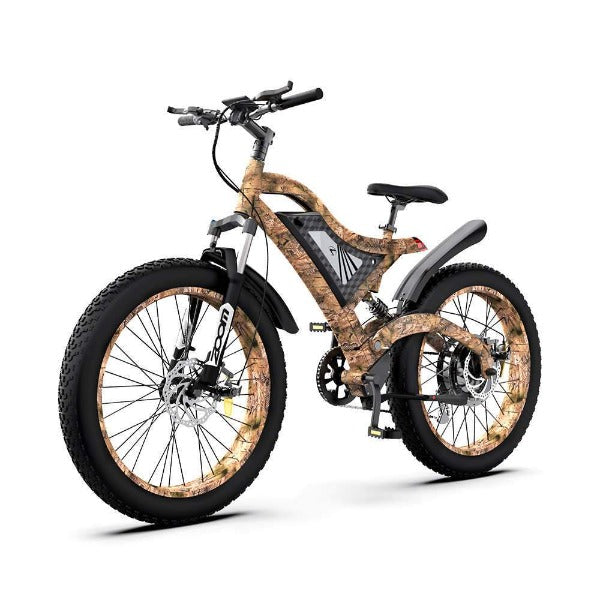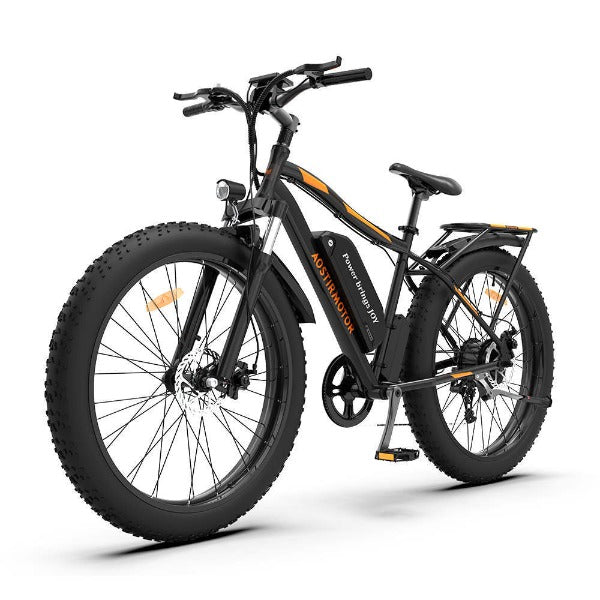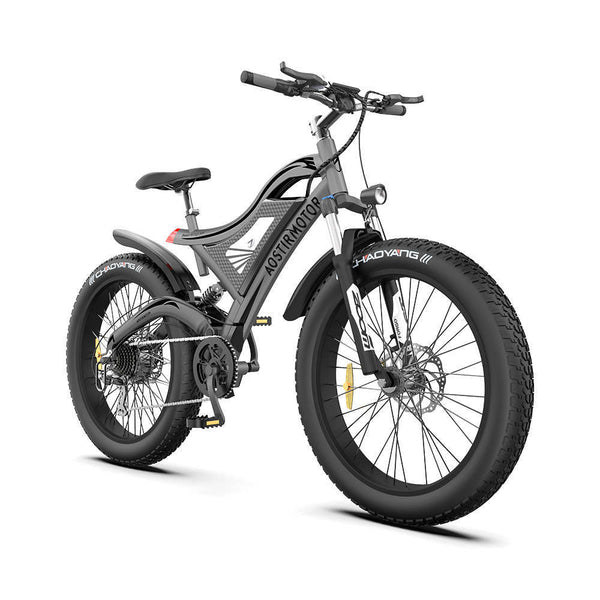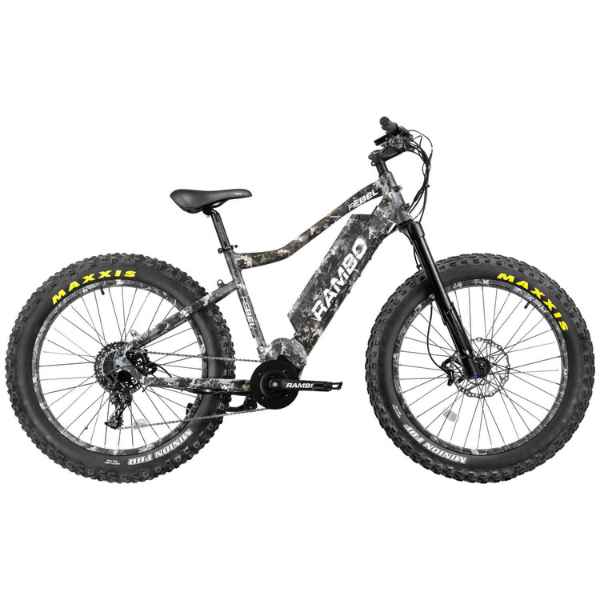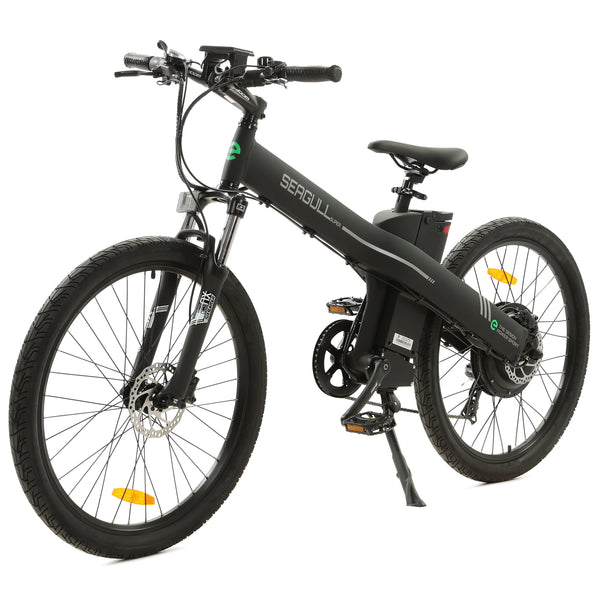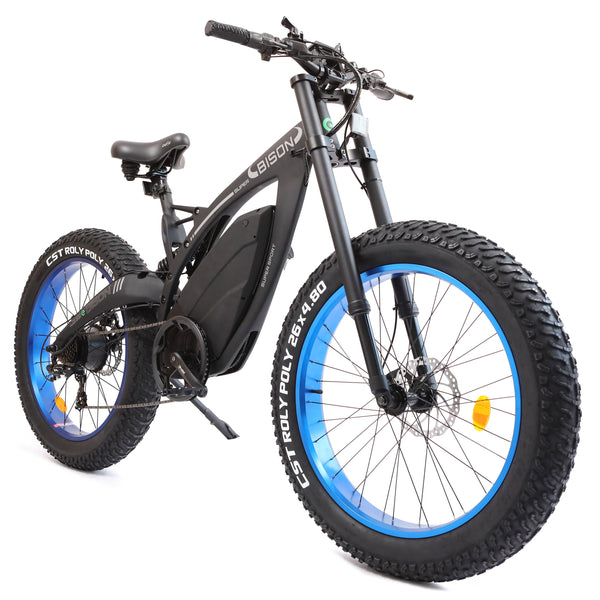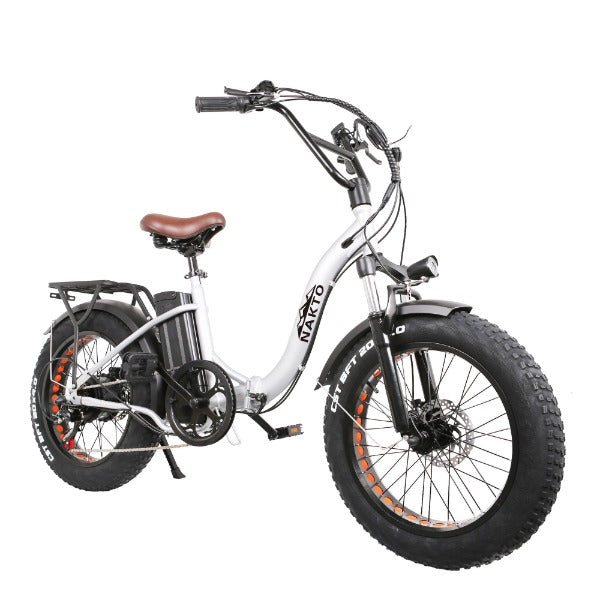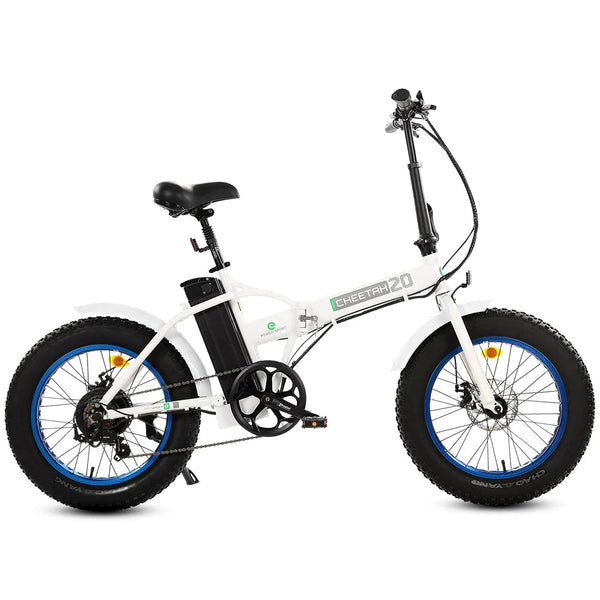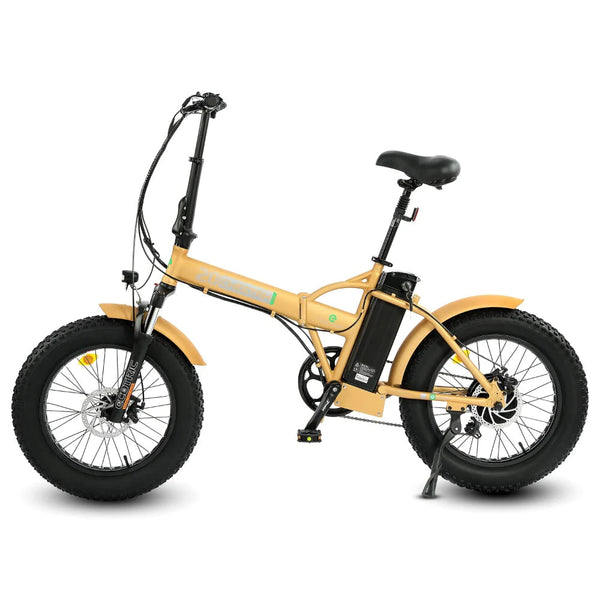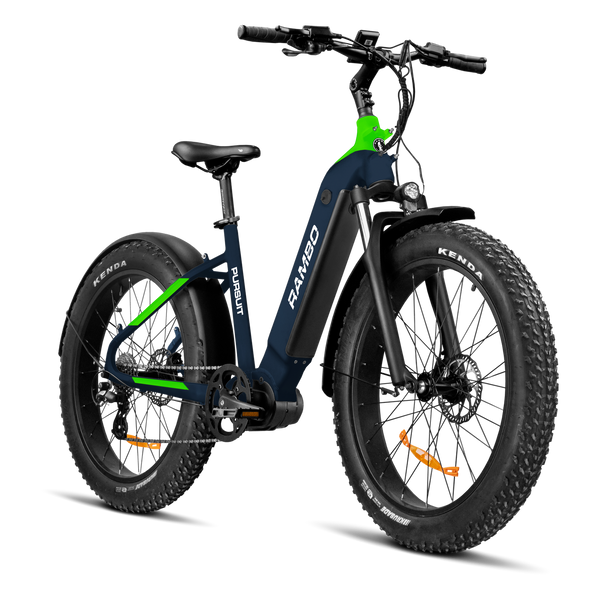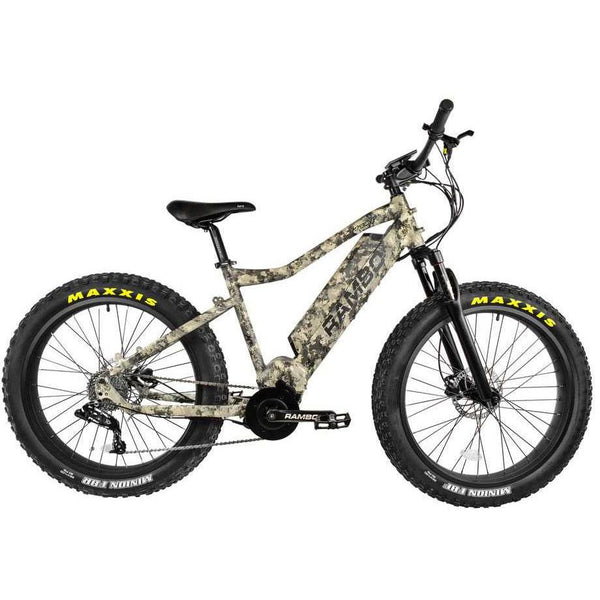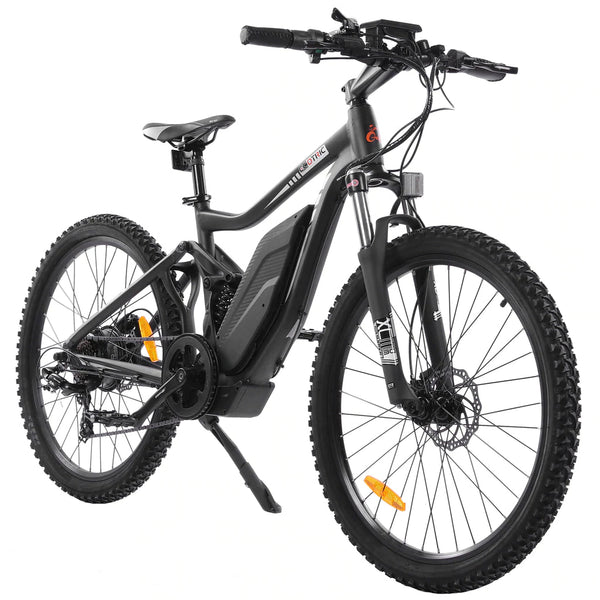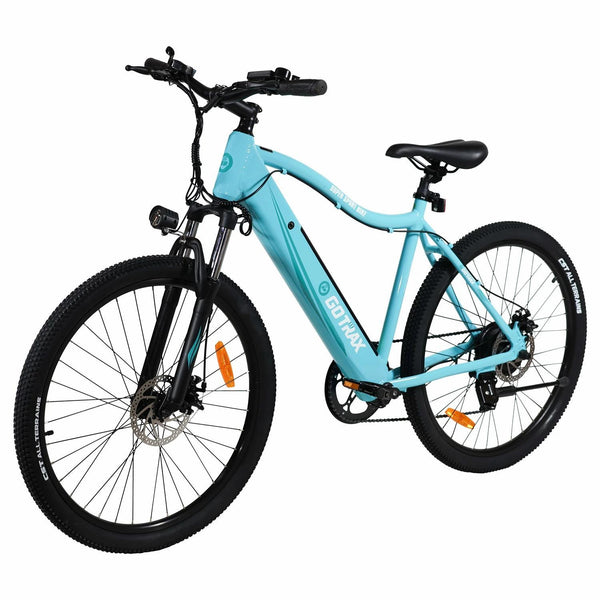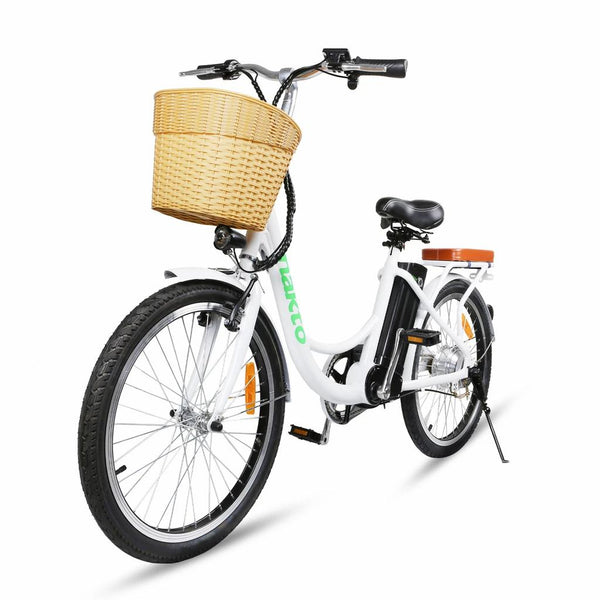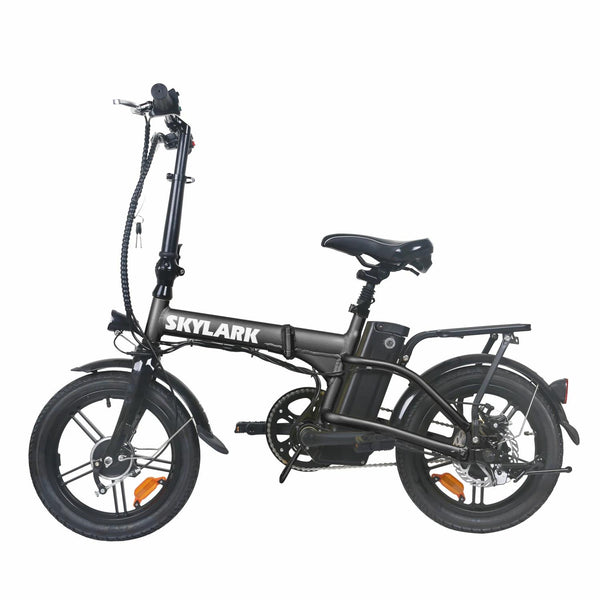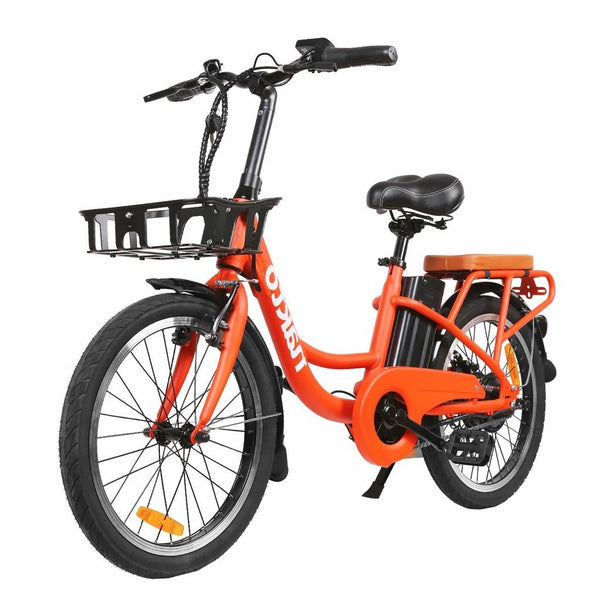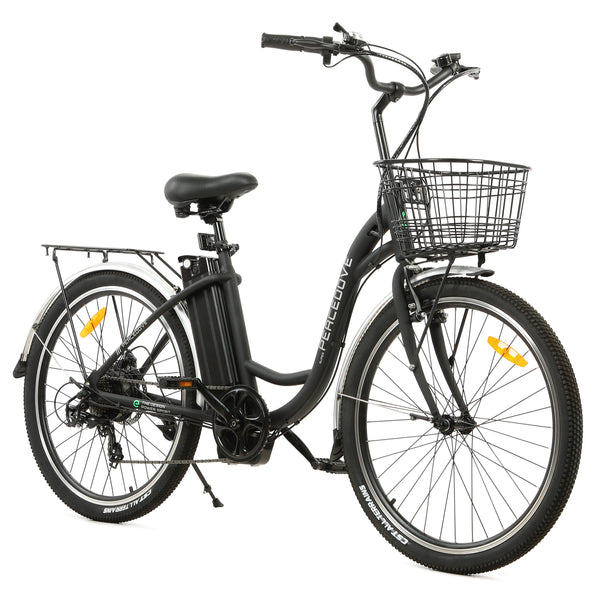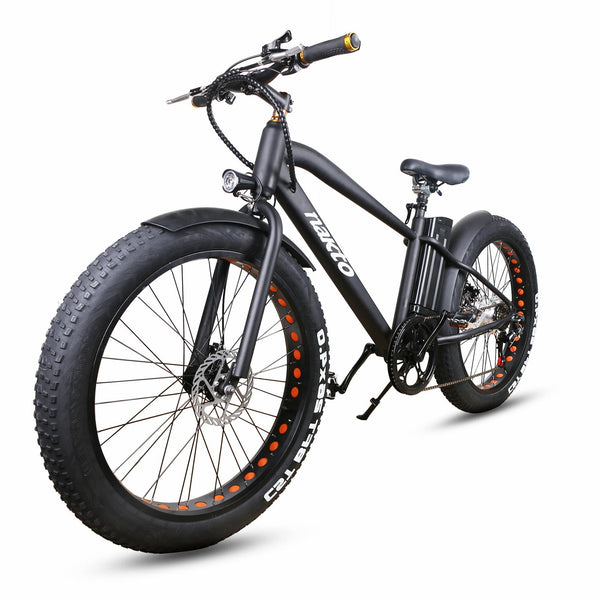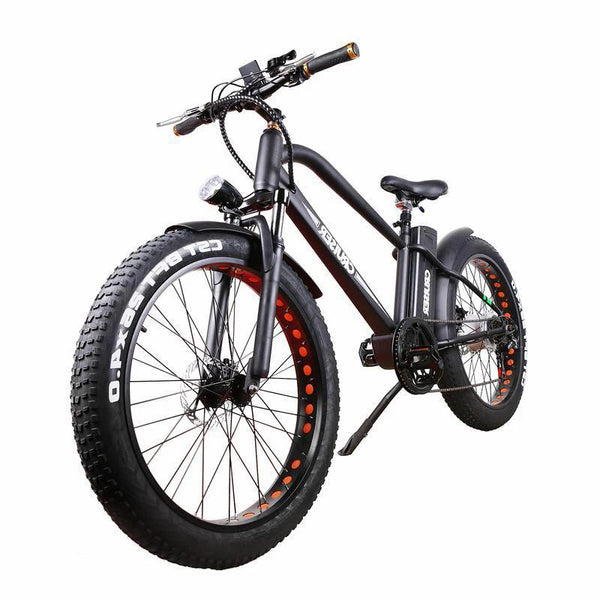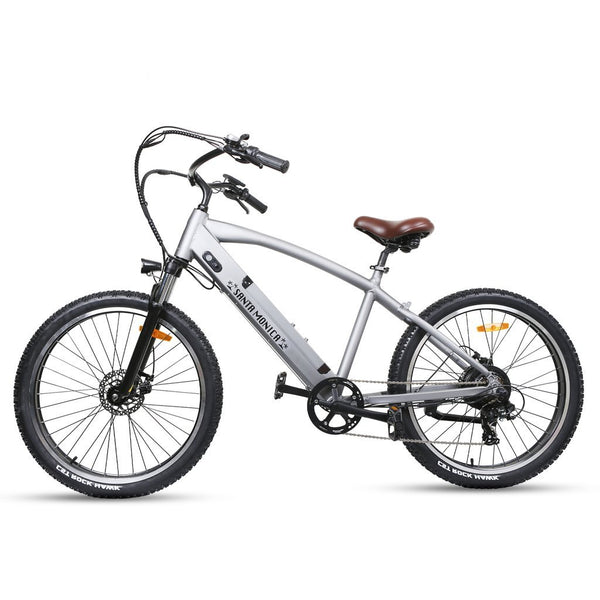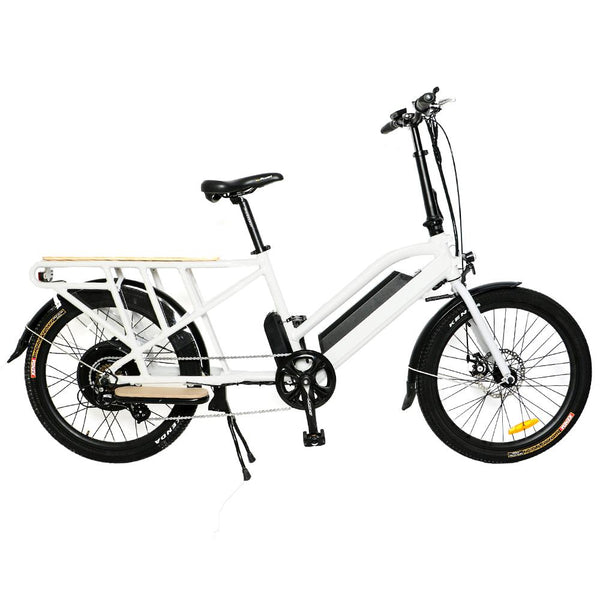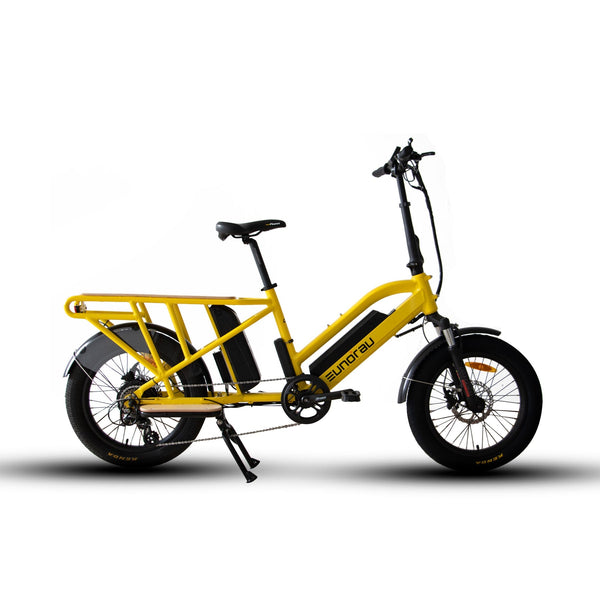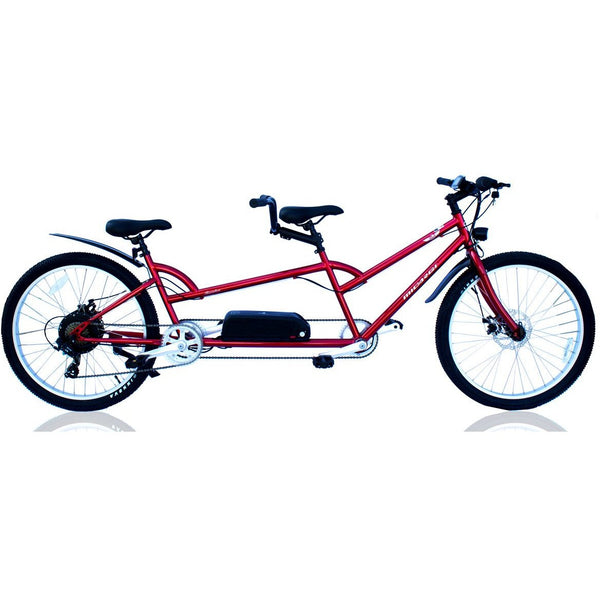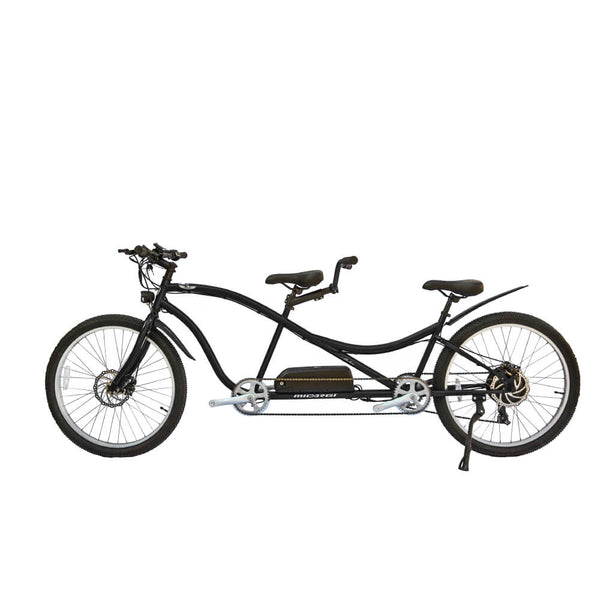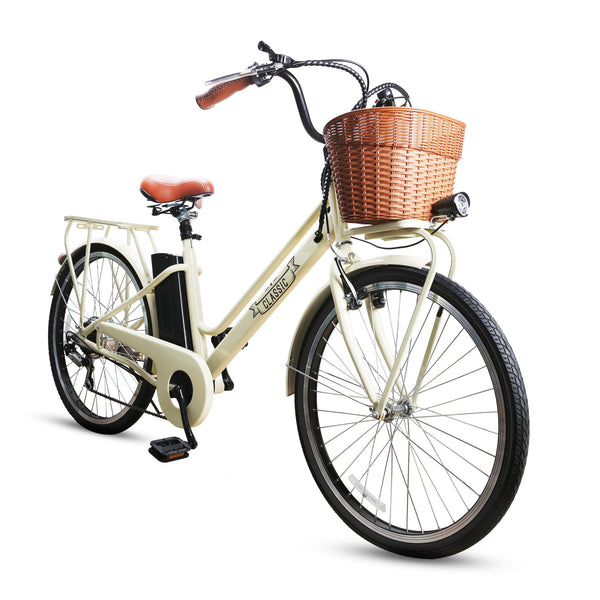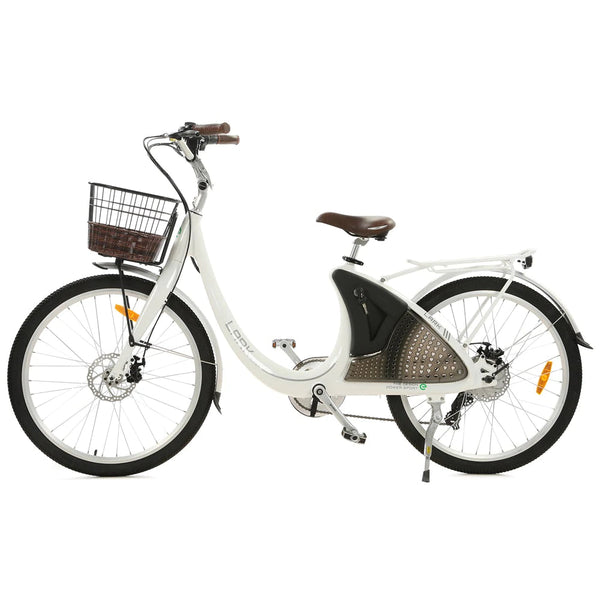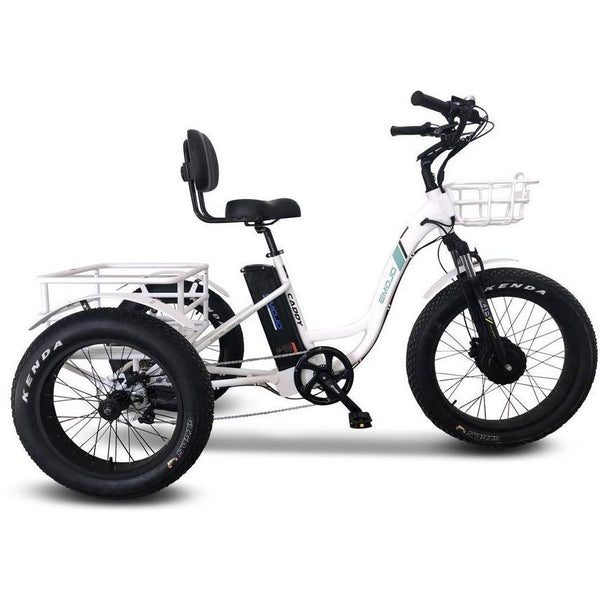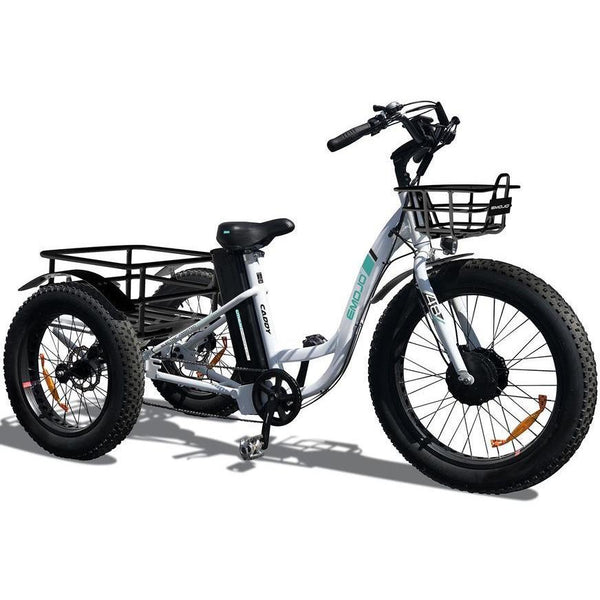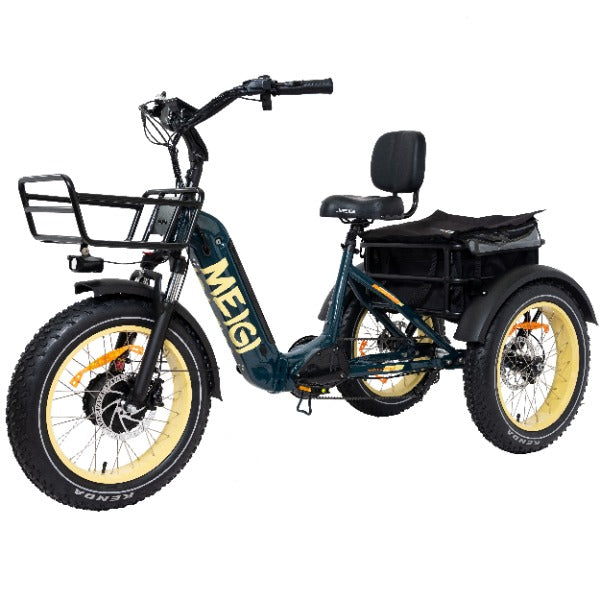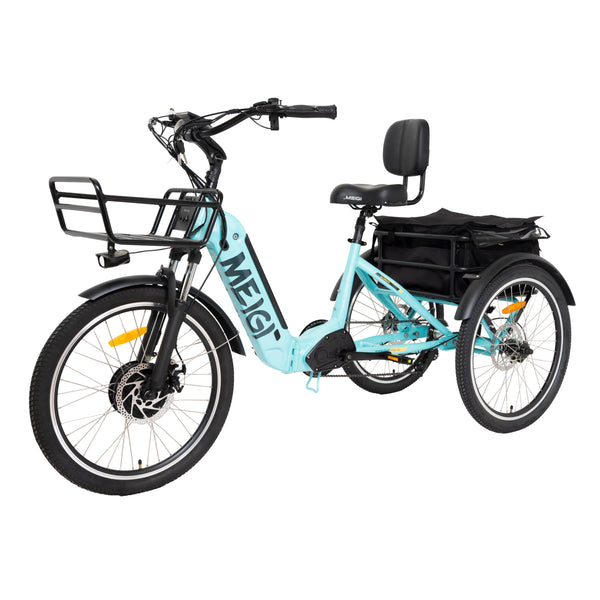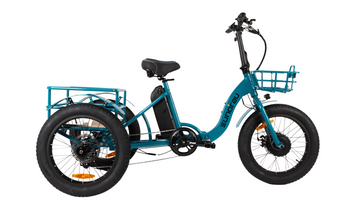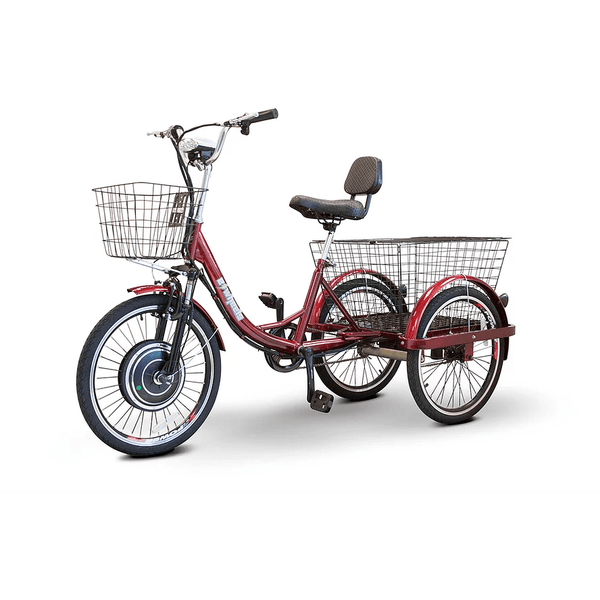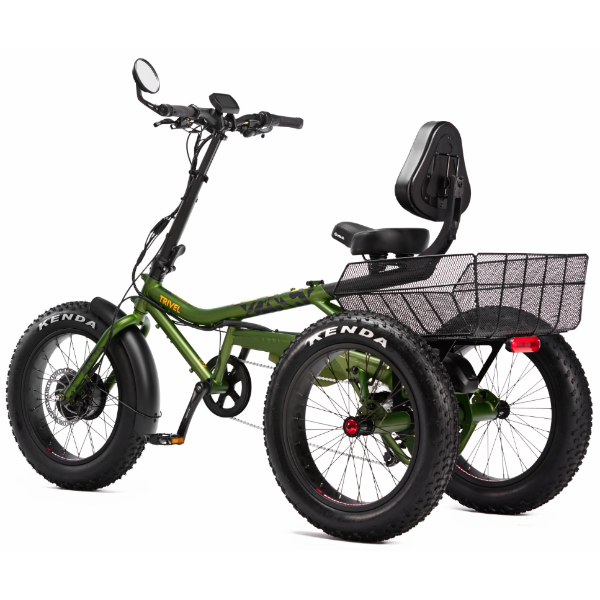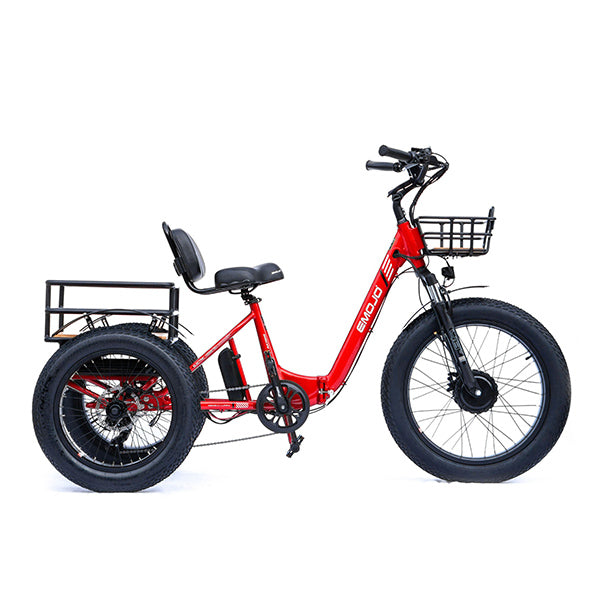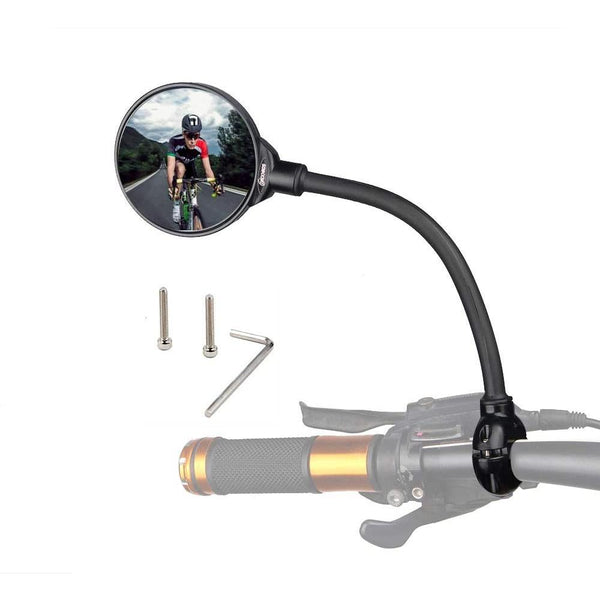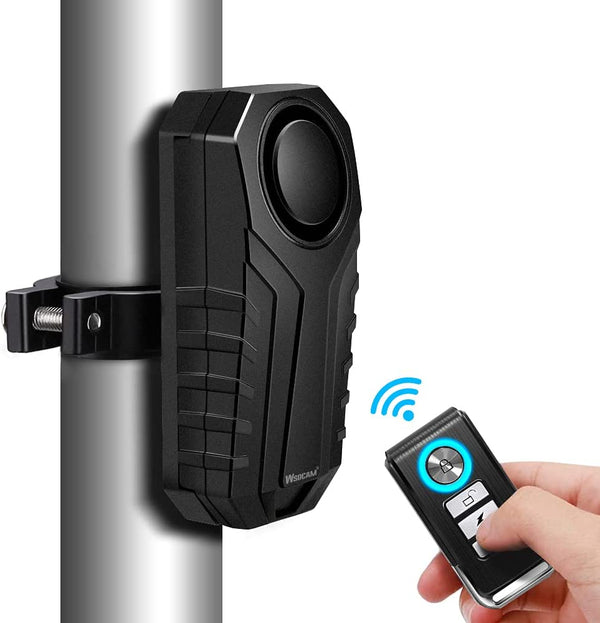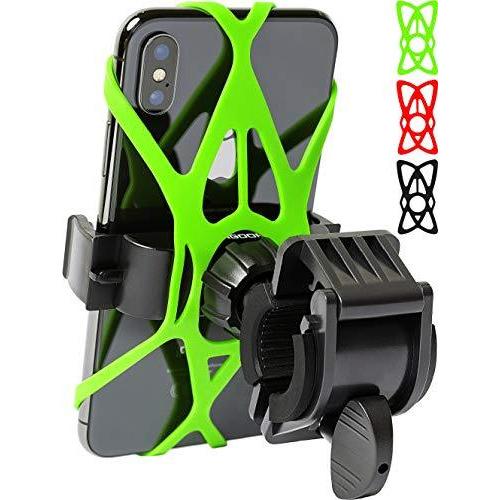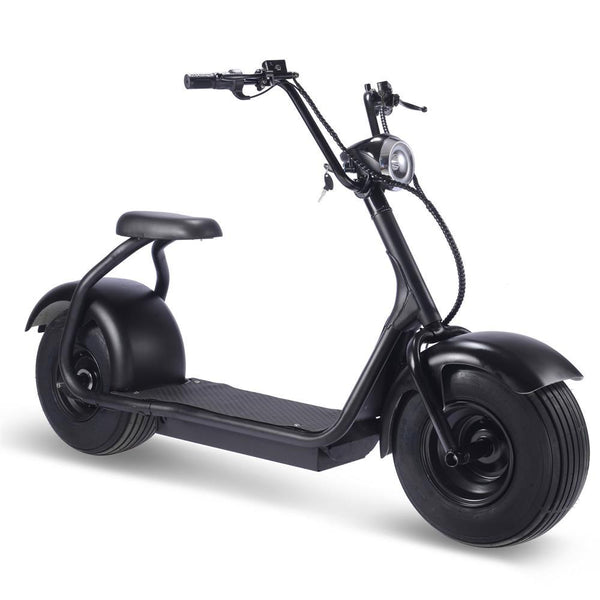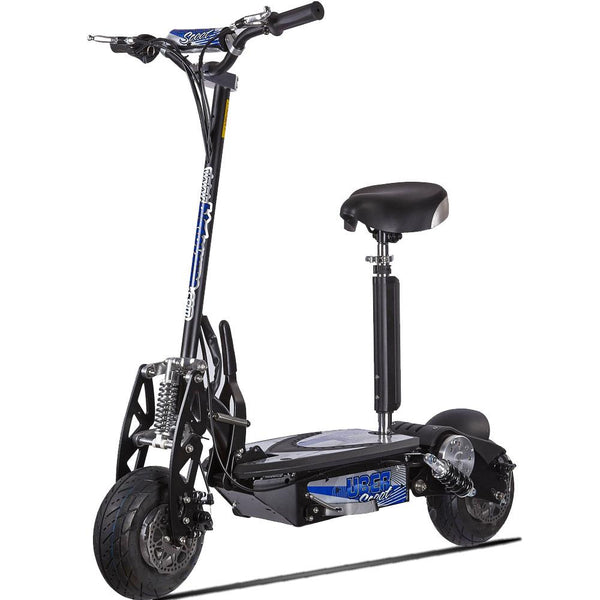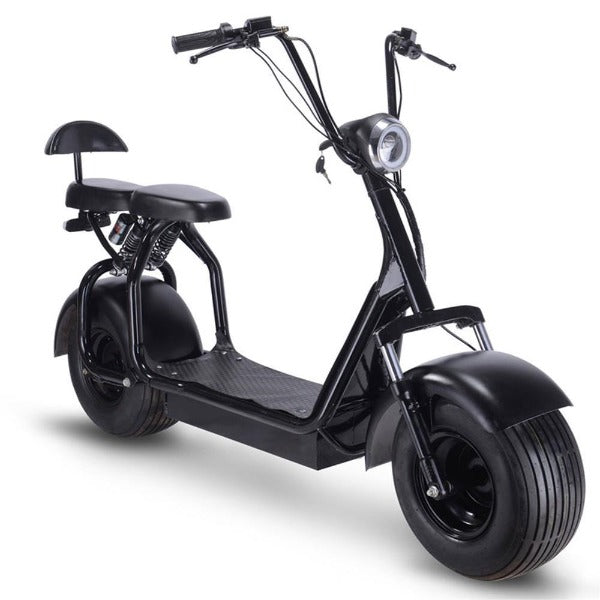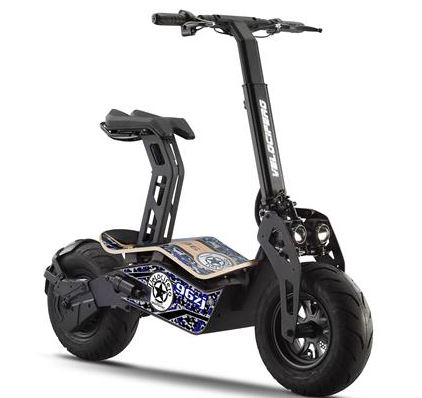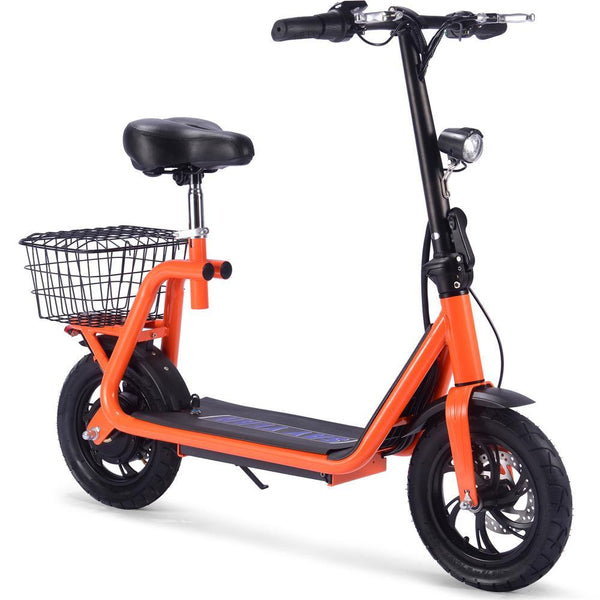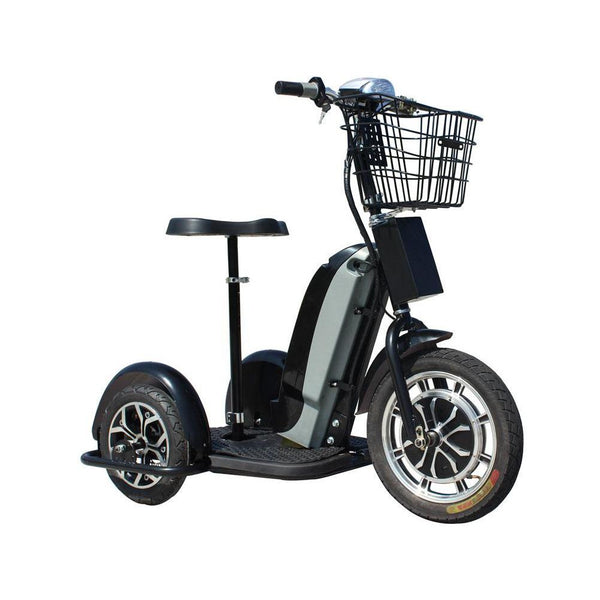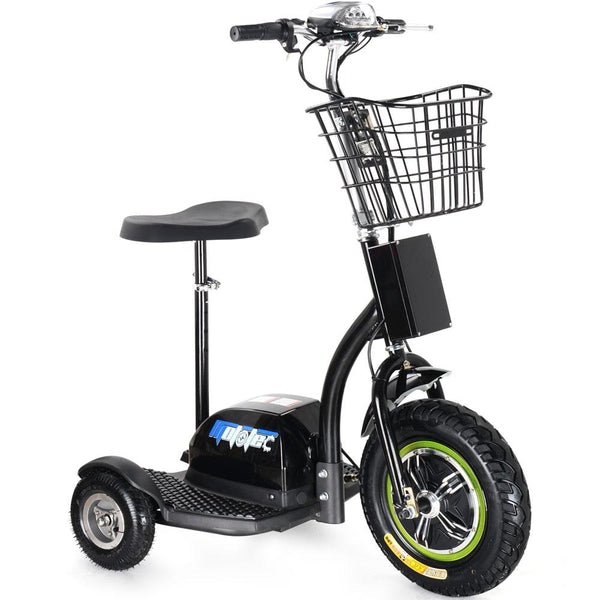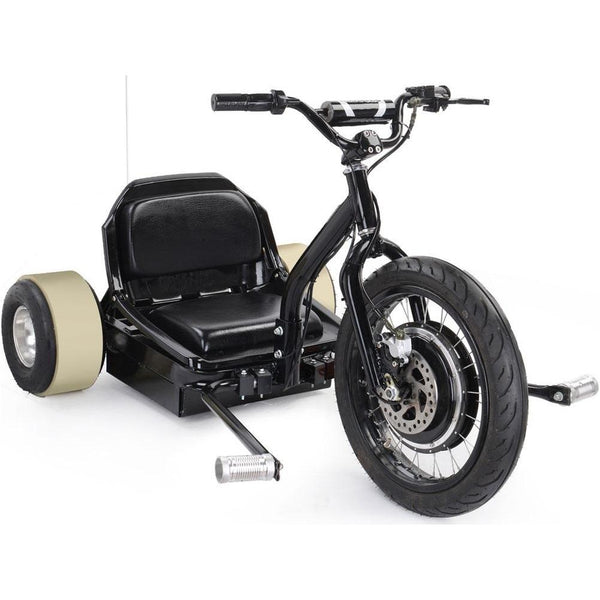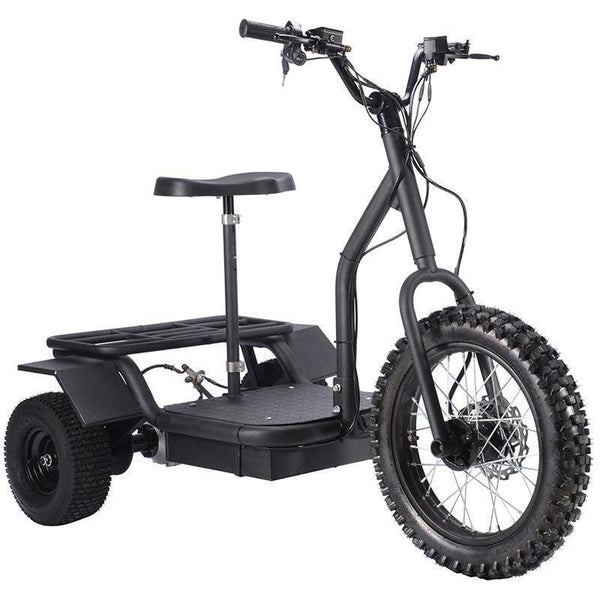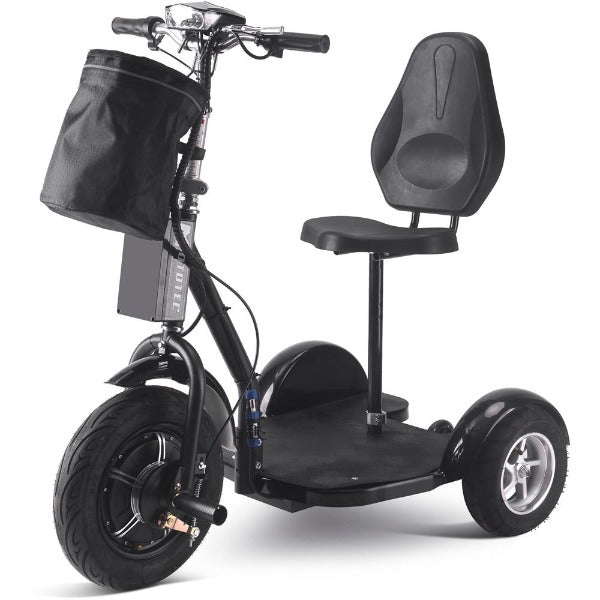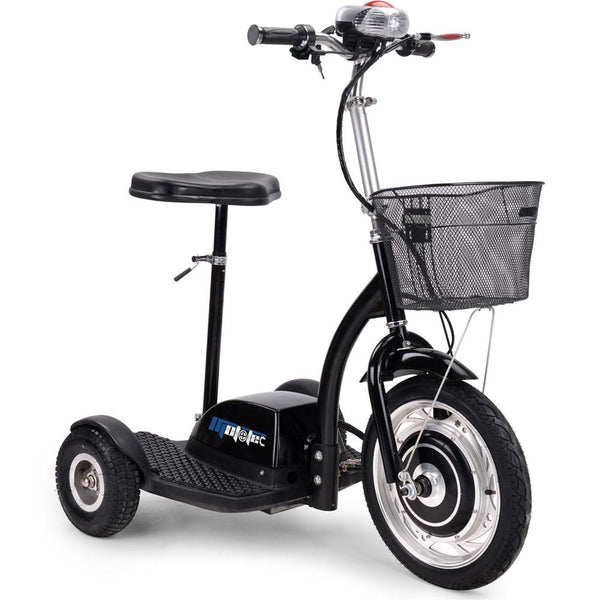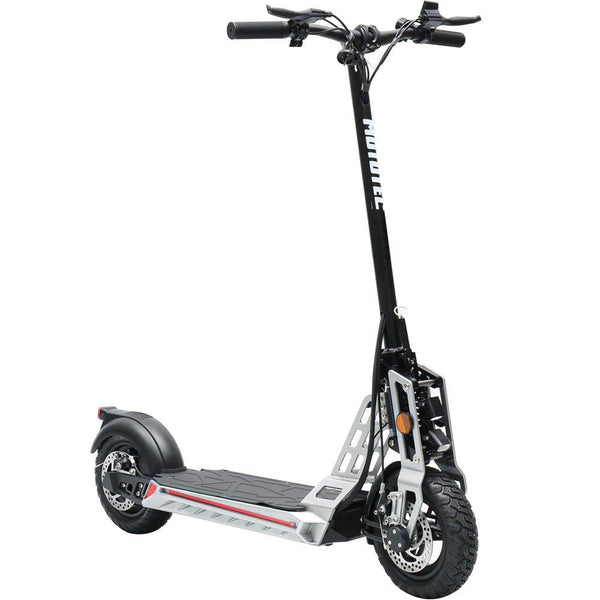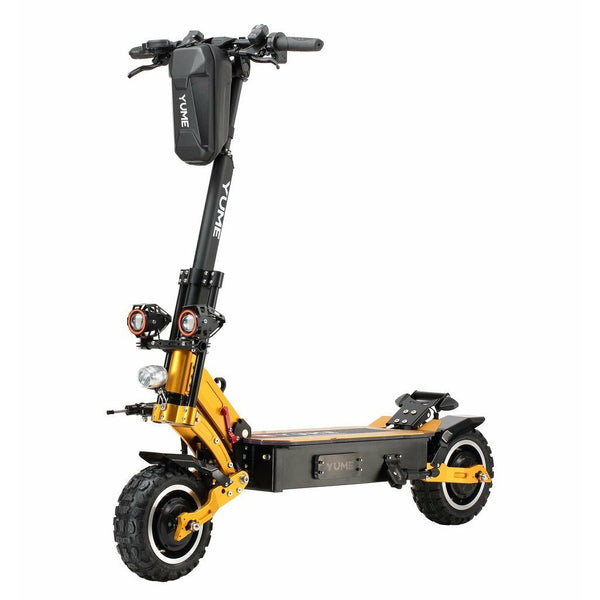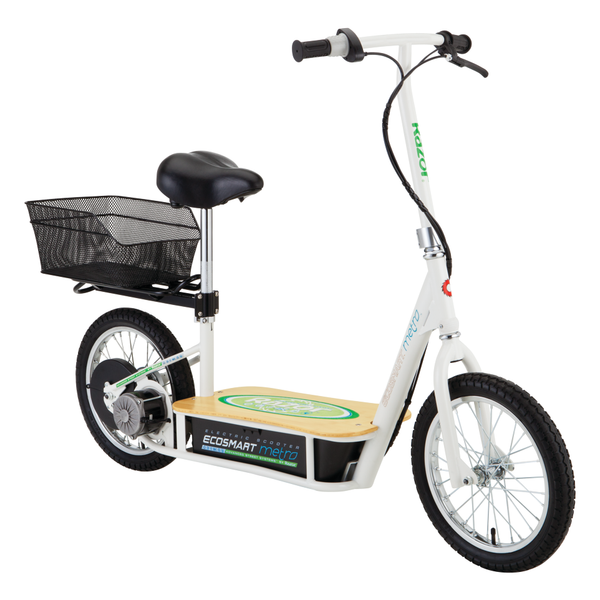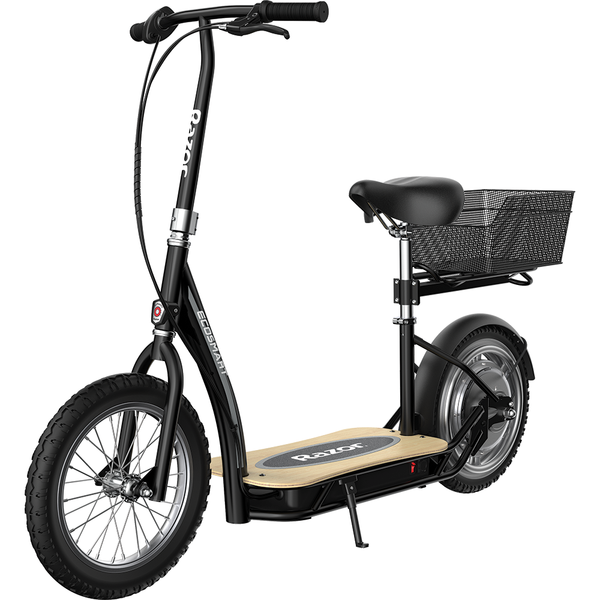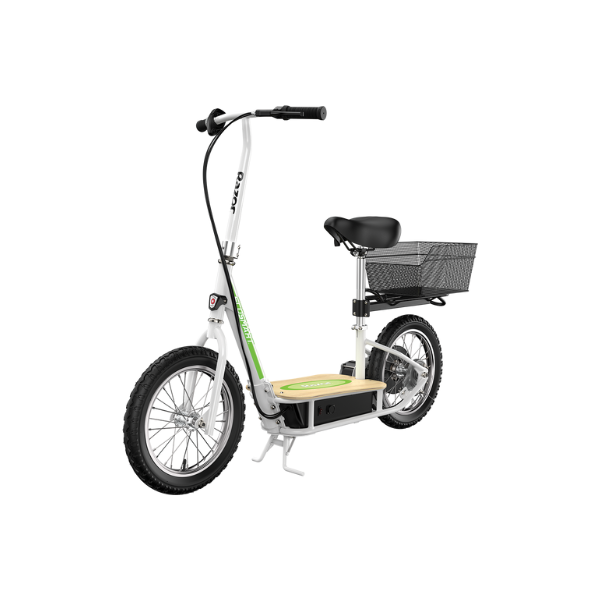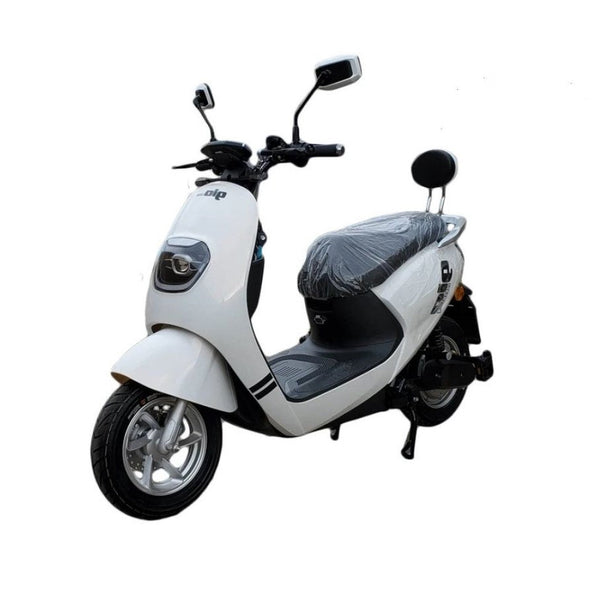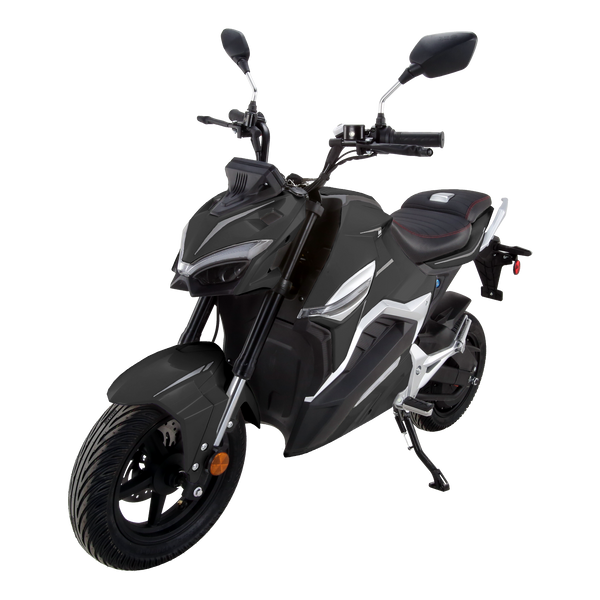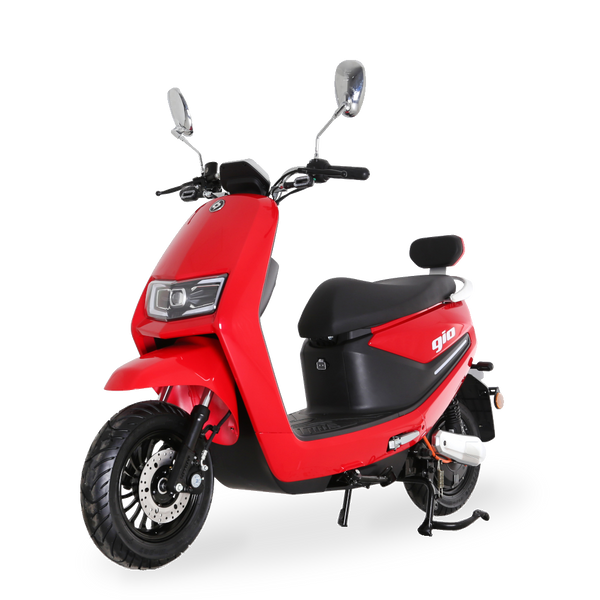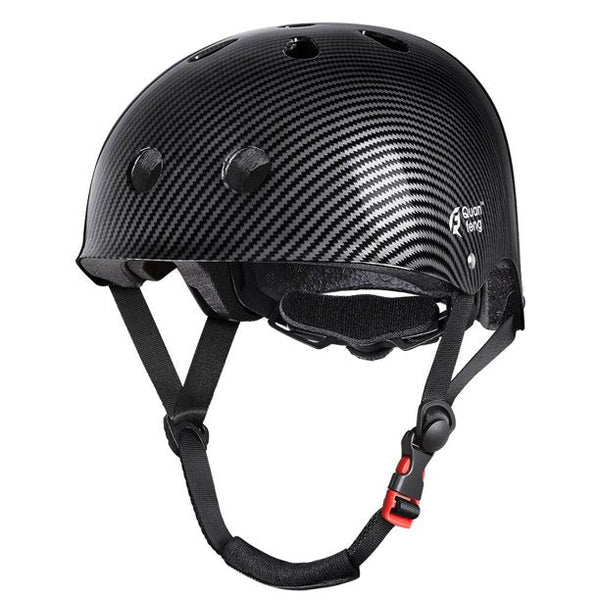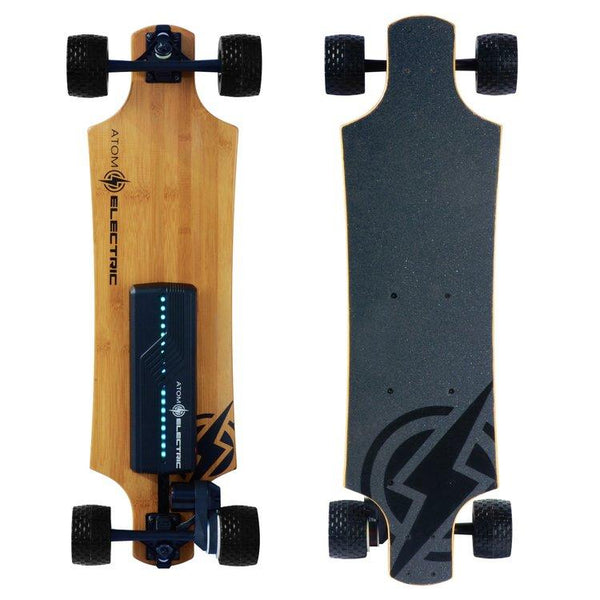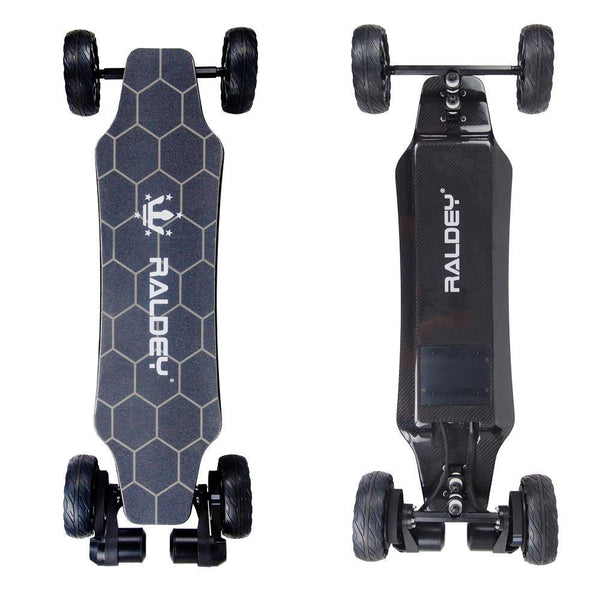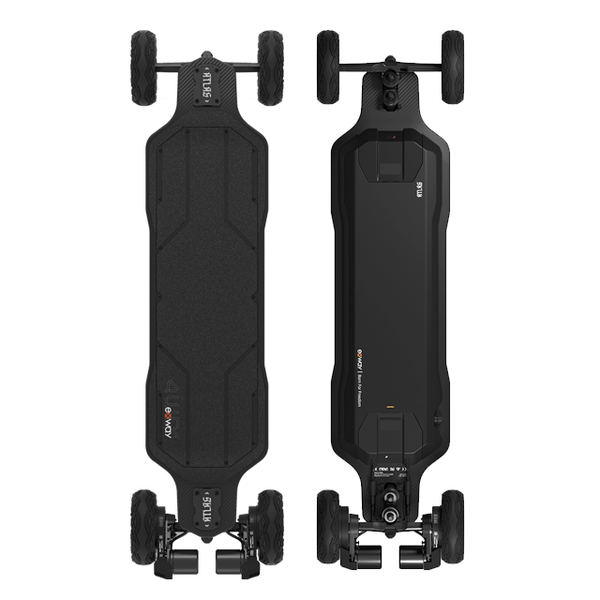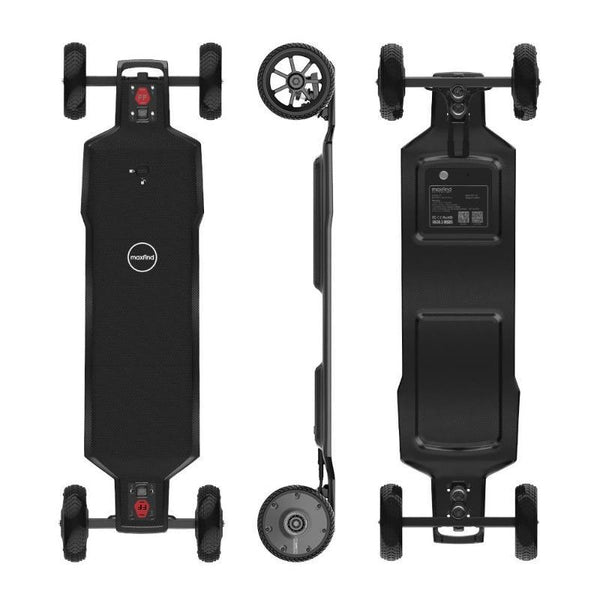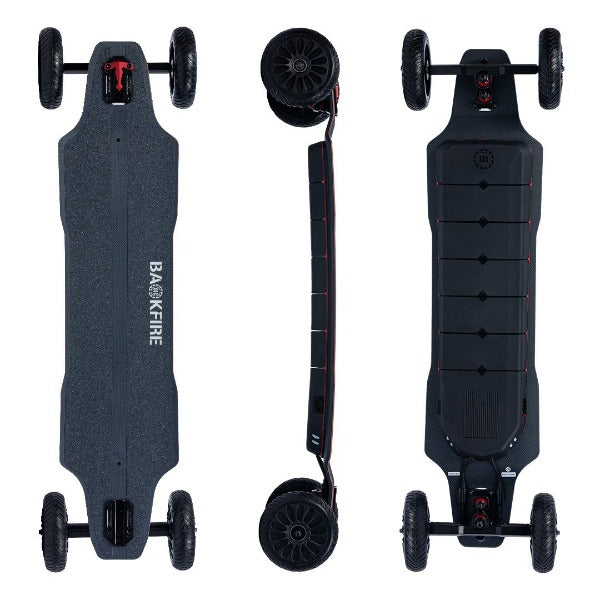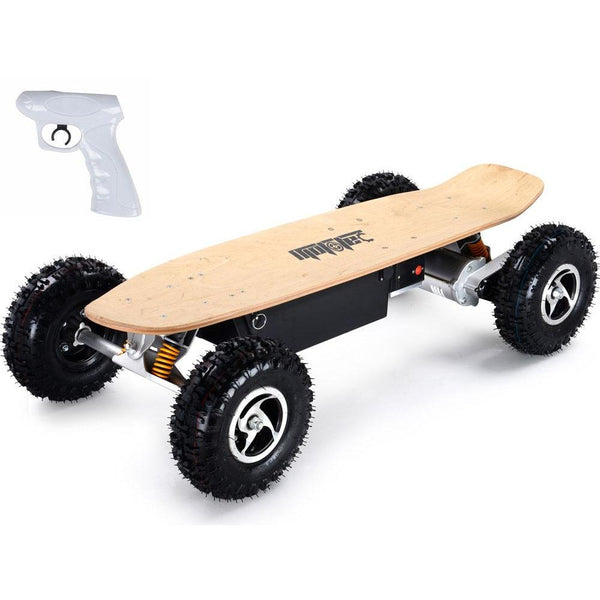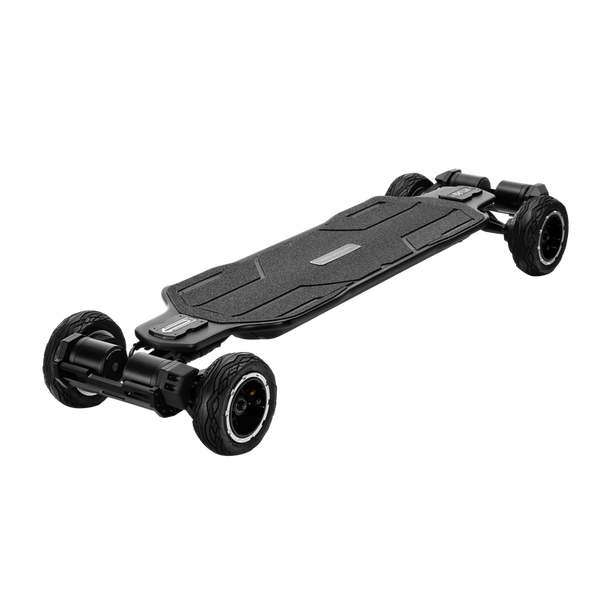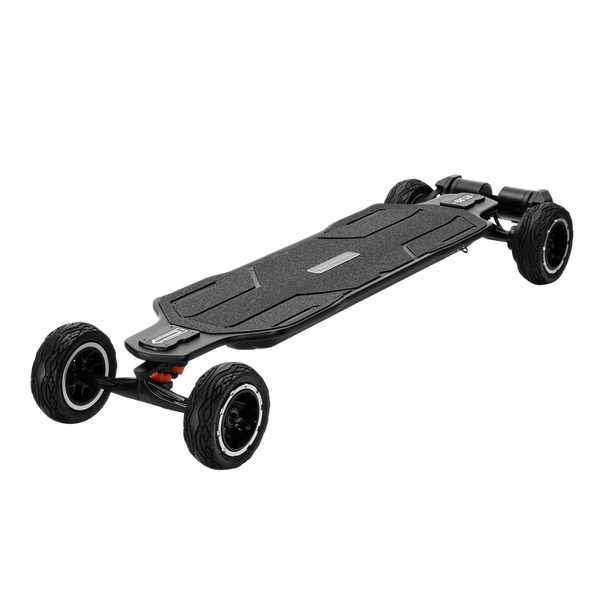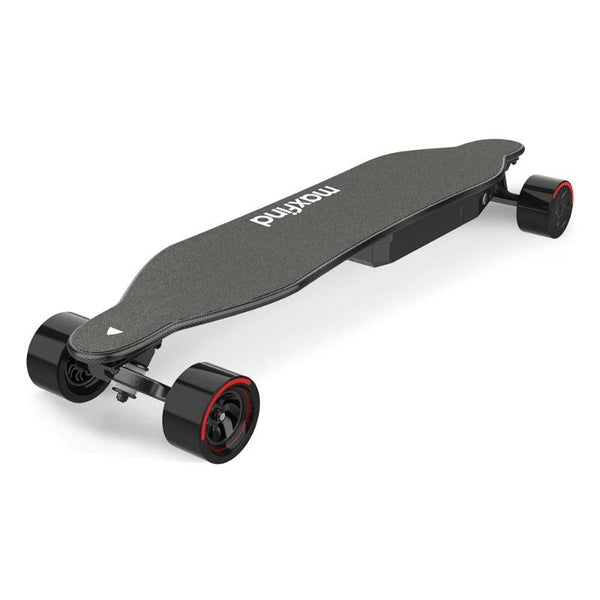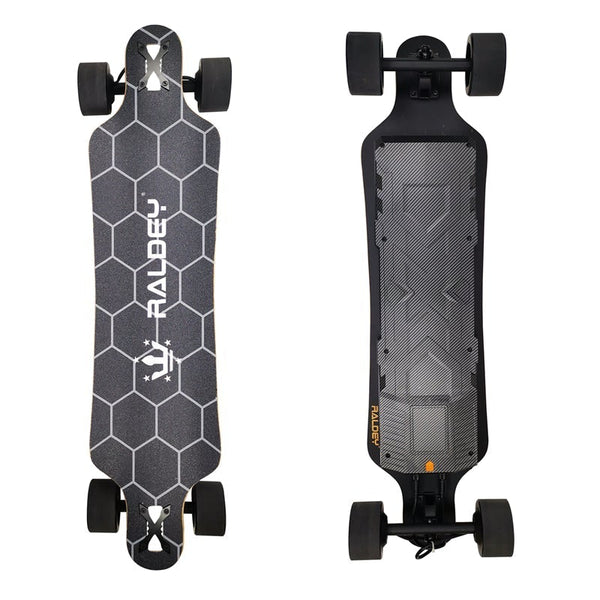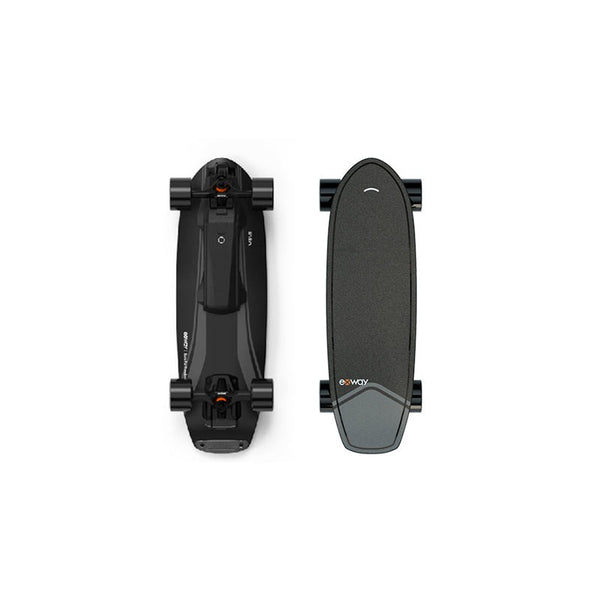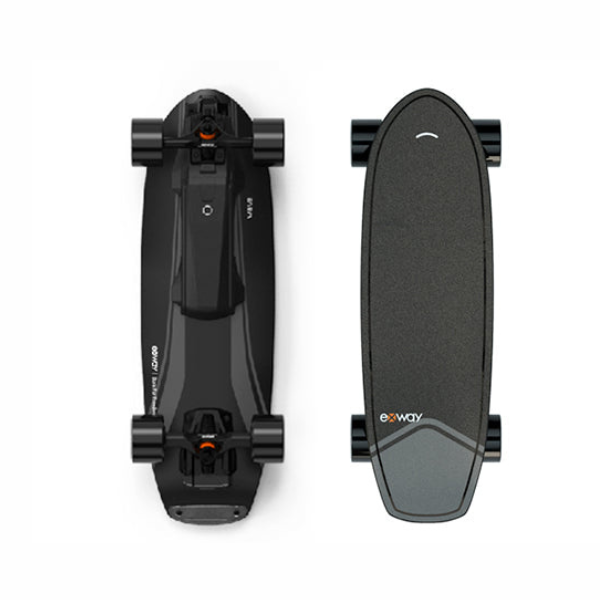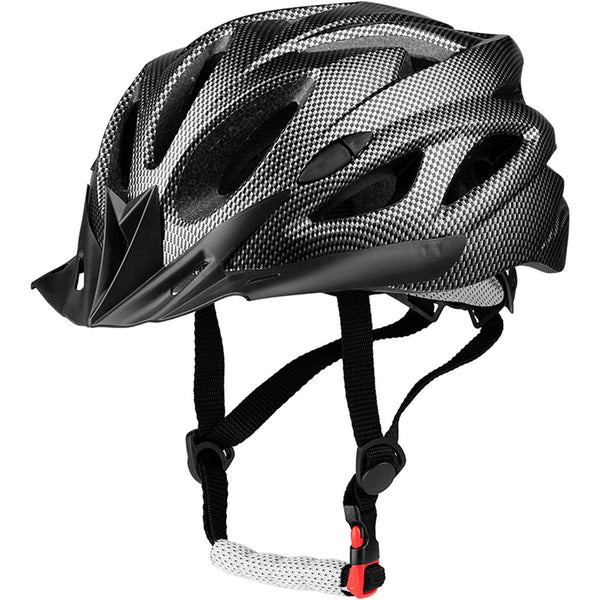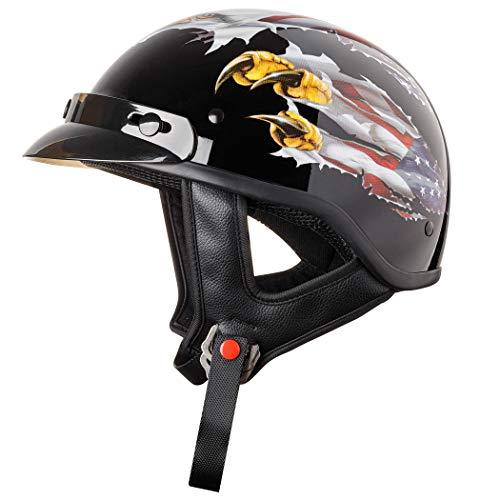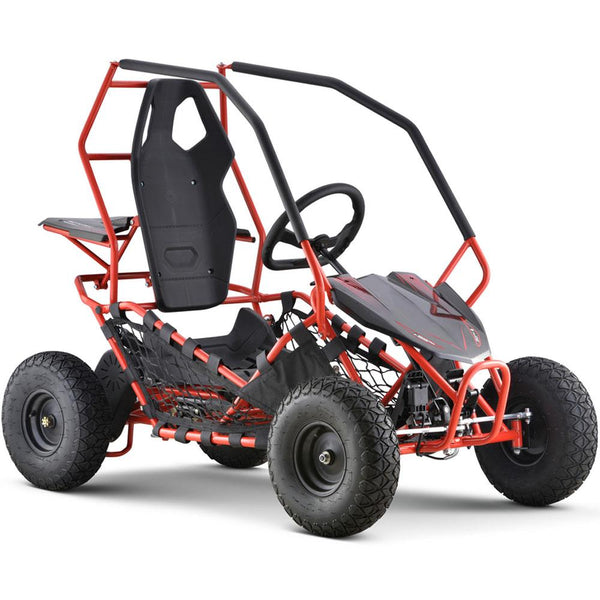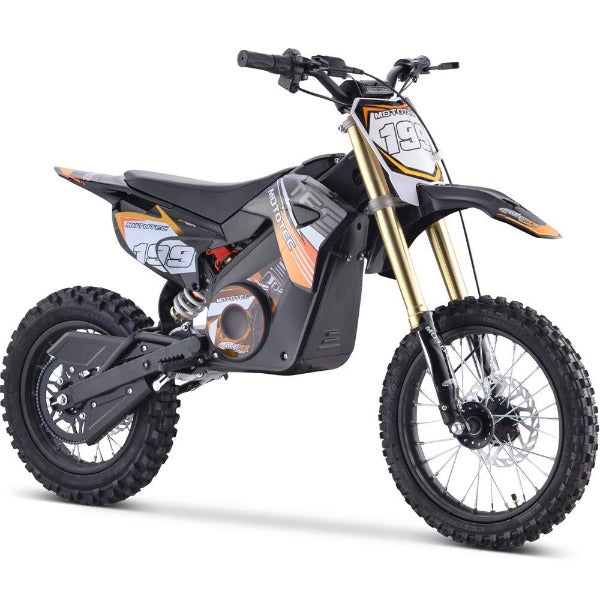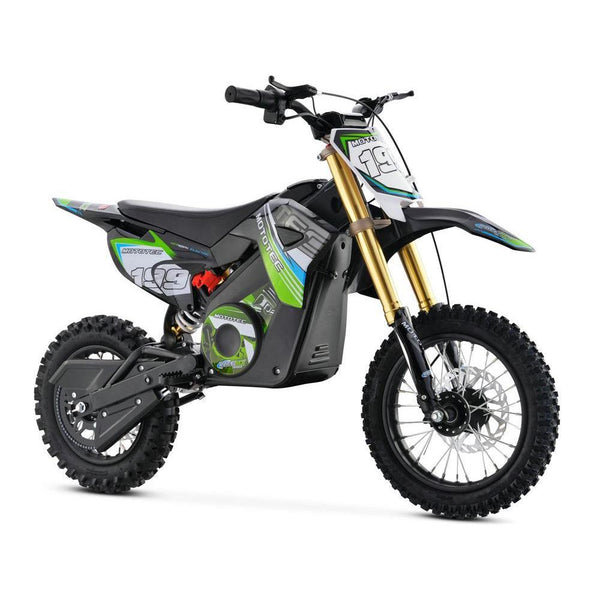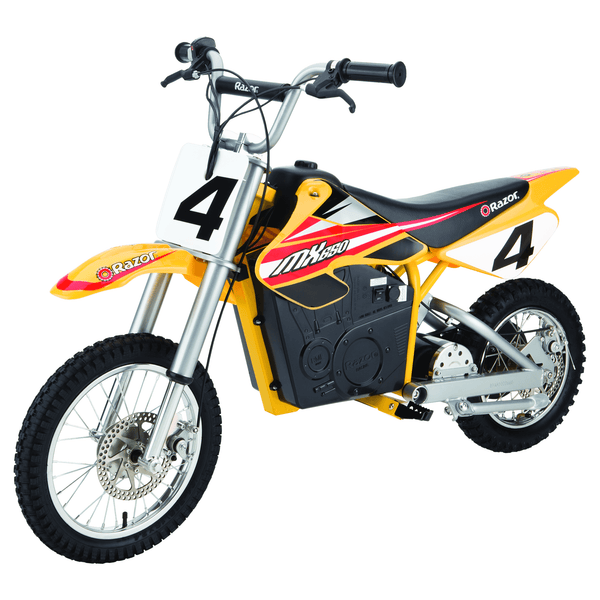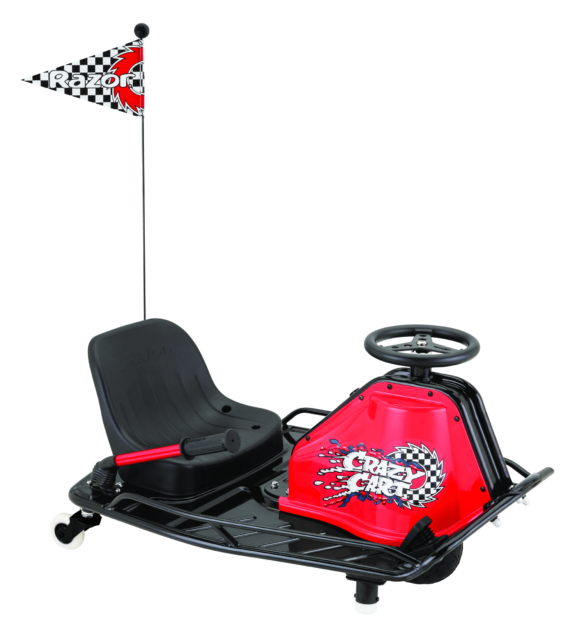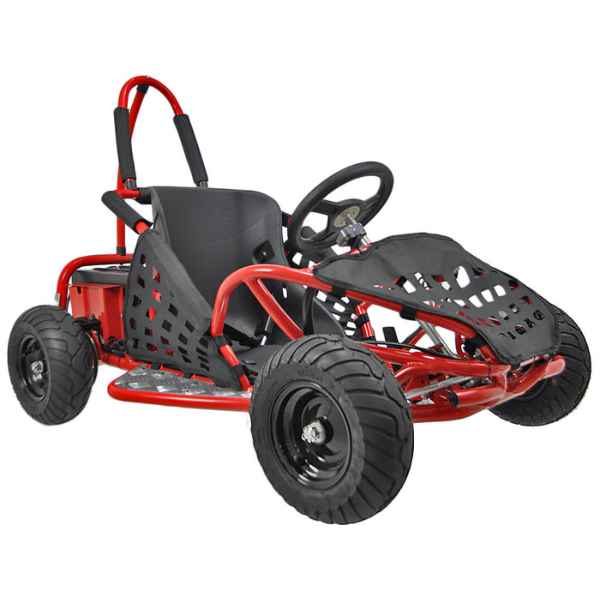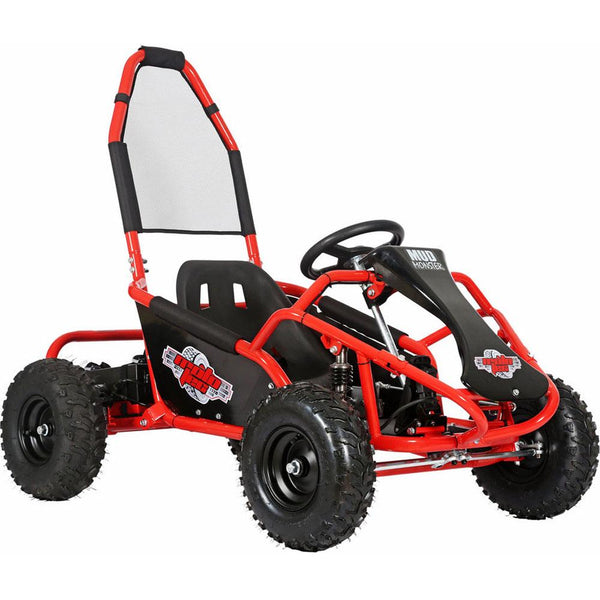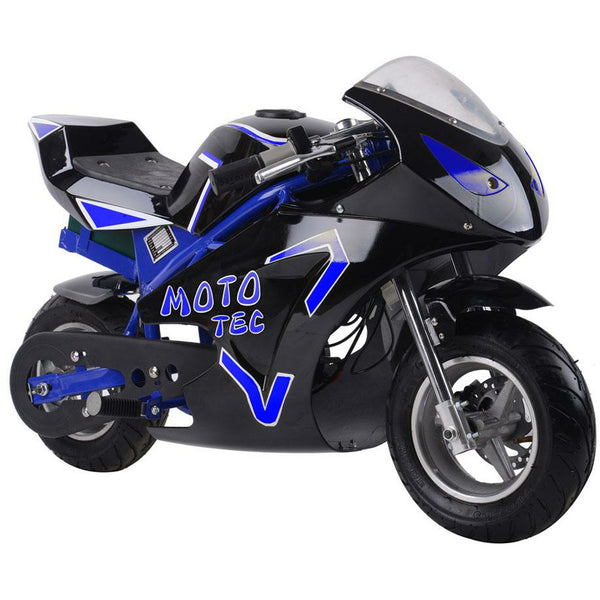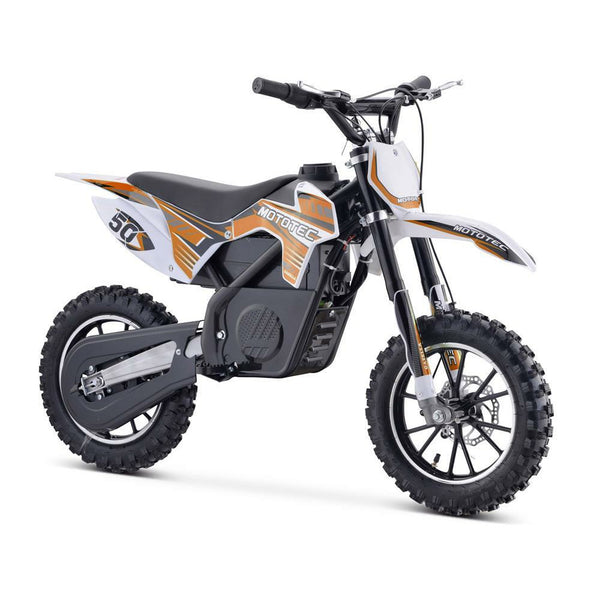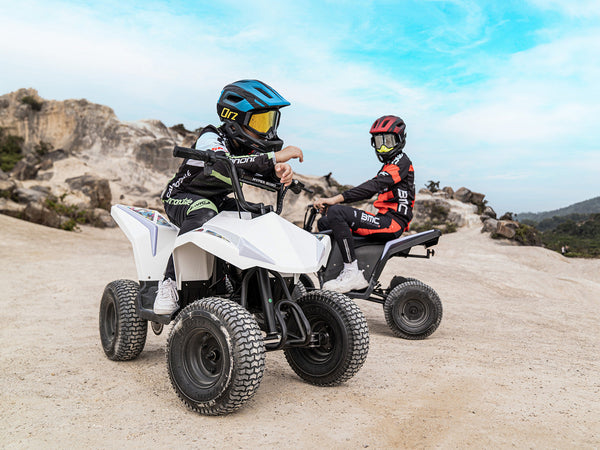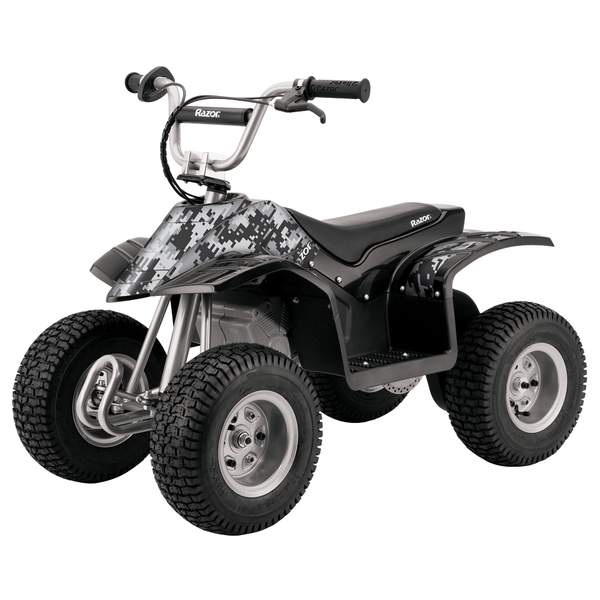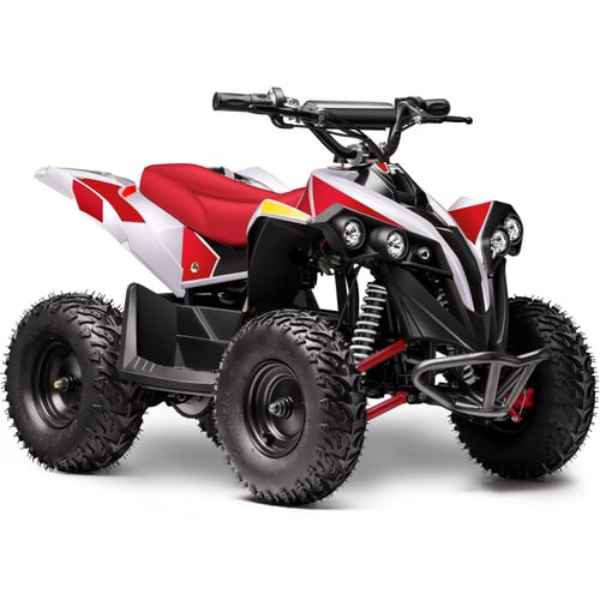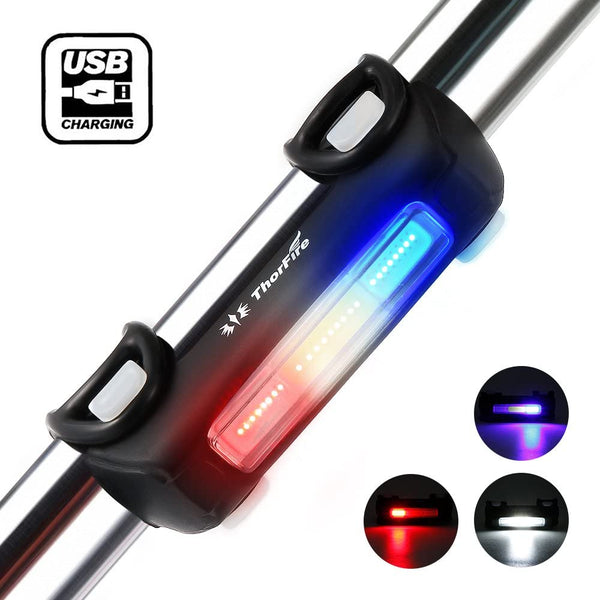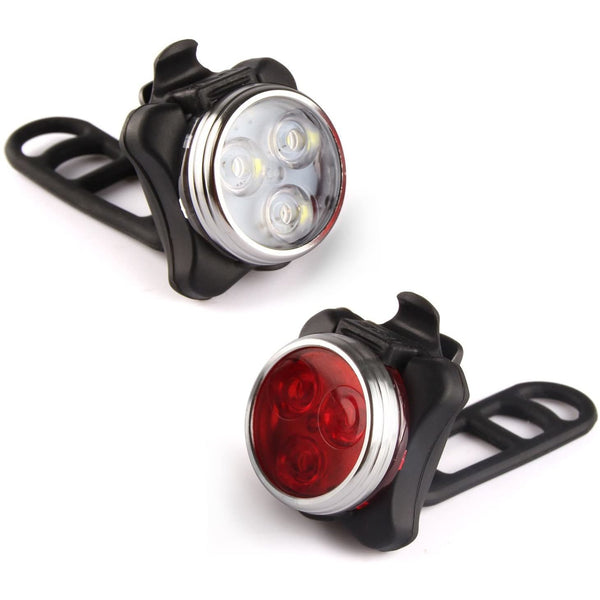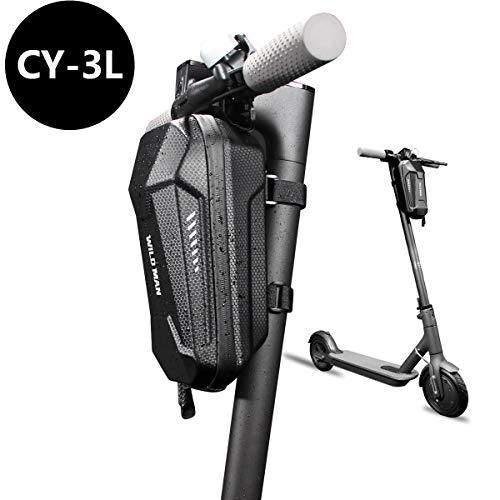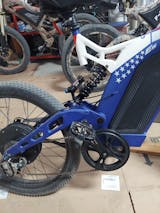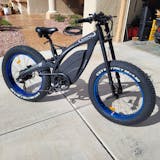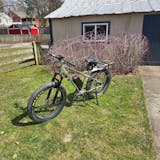Find out which one you should get!
Whether it's going to work, spending time at the park, or simply working out, electric bikes have become part of people's everyday lives. Electric bikes are becoming a world-renowned mode of transportation that gives you the same benefits as that of a regular bike and a fueled car but without all the hassle and pollution.
These electric-powered bikes are already gaining popularity in every part of the world. Getting your hands on one of those shiny, good-looking e-bikes might be one of the best decisions you'll have because e-bikes are more than just your typical bike. Not only does it make you look cool and sassy, but it also takes your everyday biking experience to a whole new level.
The hype for electric bikes is real, and it's compelling. Imagine having one of yours; it must feel really good to be riding on one of the most significant breakthroughs in transportation technology. Even with the high demand for electric bikes, many people are still confused regarding how the whole thing works.
One of the most common misconceptions with e-bikes is that you can't use your e-bike in the rain. This is entirely untrue. All electric bikes are designed to be water-resistant and have IP ratings of at least IP X4. This means that all the electric systems on an e-bike are sealed and protected from water splashes that come from all directions. But that's another topic about e-bike's water resistance.
Perhaps the biggest question mark people have towards e-bikes is that they think you won't have to pedal anymore. There's actually ⅓ or 33.33% truth to that. But just to be clear, not all e-bikes work that way. There are some e-bikes that you still have to pedal on, and there are some that you don't. Whichever you prefer, there's always one that suits you best.
What makes up an electric bike?
Electric bikes are undeniably great for both recreational and transportation. They serve both purposes without draining your total energy. E-bikes are just like regular bikes with the essential components such as seat, frame, wheels, and handlebars, but with additional unique parts. These particular parts are what separate an electric bike from a regular bike. So what exactly makes an electric bike an electric bike?
Electric Motor
The electric motors are the ones responsible for converting electrical energy into mechanical energy. An electric bike's motor is either located at the center of the frame or one of the hubs. There are two main kinds of electric motors used in e-bikes:
Hub Motors
For an electric bike equipped with a hub motor, the motor is located on the front or rear wheel, and it operates outside the bike’s chain drive. That being said, hub motors are an entirely independent drivetrain system that requires less maintenance and causes less damage to the chains and cogs of the e-bike. Hub motor is the most common type of electric bike motor, and because it’s mass-produced, it is cheaper than its counterpart, mid-drive motor. Shown below is an example of an electric bike equipped with a front hub motor.
Mid-Drive Motor
For mid-drive electric bikes, the motor is positioned in the bottom bracket (at the lower part of the bike's frame) and drives the crank accordingly. Mid-drive motors, being located at the center of the bike, results in a low and central center of gravity. They are also capable of climbing steeper slopes more efficiently than hub motors. Because mid-drive motors are usually lighter and smaller and are generally more powerful than hub motors, they are indeed more expensive. Below is an example of an electric bike having a mid-drive motor.

Featured Product: Rambo Ryder 48V/10.4Ah 750W Fat Tire Electric Hunting Bike
Battery
The battery is somewhat the heart of the electric bike. It supplies electric energy to the motor, which then translates it to mechanical energy that gives pedal assistance to the rider. During the early times of e-bikes, batteries were made up of Lead acid or Nickel Cadmium. These days, almost all electric bikes already make use of Lithium-ion batteries similar to the ones used in laptop computers, which makes them a lighter and more powerful source of electric energy. A typical battery charges for 5-6 hours, and in every full charge, an e-bike can go up to 50 miles.
Display and Control system
The display and control system of an electric bike is conventionally placed on the handlebars in which you can see the important numbers, figures, and labels like battery level, gear ratio, level of electric pedal assistance, and many more depending on the kind of system your e-bike is equipped with. The common display medium used for modern e-bikes are LED and LCD screens. Besides the LCD and LED display are the control buttons through which you can manage pretty much everything in your e-bike. And together, they both make up the whole display and control system of an electric bike.

Colorful LCD panel of BTN E-Bike 36V 350W Step-Thru Electric Bike E-TORQUE
Choosing the best e-bike for you
Couldn’t wait to finally get your hands onto one of those e-bikes? Not too fast, though. Before anything else, try to think of the primary purpose of why you’re buying an electric bike. Where exactly are you going to use it for? Next, choose which class of e-bike you think you can manage to ride on and match it with your wants and needs. So let’s cut to the chase and talk about the classes of electric bikes. There are three classes of e-bikes up to date. They are classified based on their specific level of capabilities and features.
Class 1 : Pedal Assist
Also called “Pedelecs,” Class 1 Pedal Assist bikes are the ones that require pedaling in order for you to move forward. The electric drive system on class 1 electric bikes can only be activated through the action of pedaling. This is the most common type of electric bike used today. In the US, the allowed maximum speed for Class 1 electric bikes is 20 mph, while in most of Europe, the speed cannot exceed 15 mph. Moreover, a driver’s license is not needed for you to use one of these, and there’s also no age limit. More like a regular bike, pedal-assist bikes, as the name gives it away, only offer assistance to each pedal you make, depending on the electric pedal assistance levels that your e-bike has. In short, for Class 1 electric bikes, no pedal means no movement.

Featured product: EWheels BAM EW-Supreme Electric Bike
Class 1 (pedal assist with twist throttle)
Class 2: Throttle-type
Throttle-operated electric bikes are much like neighboring vehicles, motorcycles, and scooters. They are equipped with a motor that is controlled by a throttle element, such as a grip-twist (half or full), trigger, or button. When the throttle element is twisted, engaged, or pressed, the motor provides power and propels you and your electric bike forward without additional pedaling. This kind of e-bike is much less common in Europe because of their more strict guidelines on implementing electric bikes. However, Class 2 electric bikes have the most number in Asia mainly because there is little to no existing legislation that limits the use of this kind of bike. Likewise, Class 2 electric bikes are also frequently used in the US and are subject to a maximum speed of 20 mph. These e-bikes do not require a driver’s license and have no age limit as well. Although most electric bikes nowadays feature both throttle control and pedal assist, they still classify under Class 2 electric bikes.

Featured product: Revi Bikes Predator 48V 500W Fat Tire Electric Bike
Class 2 (Throttle on demand)
Class 3 Speed Pedelec
So far, this class of e-bike is considered to be the fastest “legal” electric bike. As the name suggests, Class 3 speed pedelecs operate in the same way as the Class 1 pedal-assist or pedelec where pedaling is necessary to move, but with a higher top speed of 28 mph compared to Class 1’s 20 mph. Due to its capability to achieve higher top speed, a different set of rules apply to this class of electric bikes. In some parts of Europe, a Class 3 e-bike is considered a motor vehicle, thus requiring a special driver’s license and a license plate on the back of the speed pedelec, as they call it there. While in the US, Class 3 e-bikes are still considered “bikes” that do not require both a driver’s license and a license plate. However, protective gear like a helmet is required, and only riders above 16 or 17 years old (depending on the state’s implementation guidelines) are allowed to use a Class 3 e-bike.
*In Europe, the use of Class 3 speed pedelecs require a special driver’s license and license plate
As you can see, not all electric bikes are entirely throttle controlled. Out of all the classes of e-bikes, only Class 2 has throttles where you and your e-bike can propel forward without pedaling. Electric bikes are designed to give you convenience in both transportation and leisure without losing the very essence of cycling, which is pedaling. Almost always, you have to pedal before you can get going. Lastly, choosing the right class of e-bike not only grants you the comfort and satisfaction of using it but will also define your limits in speed and control operations.
Now that you know all the classes of electric bikes out there, and what separate each, which one would you like to have the most? Leave us a comment!
Can't wait to get yours too? Shop our electric bikes here




